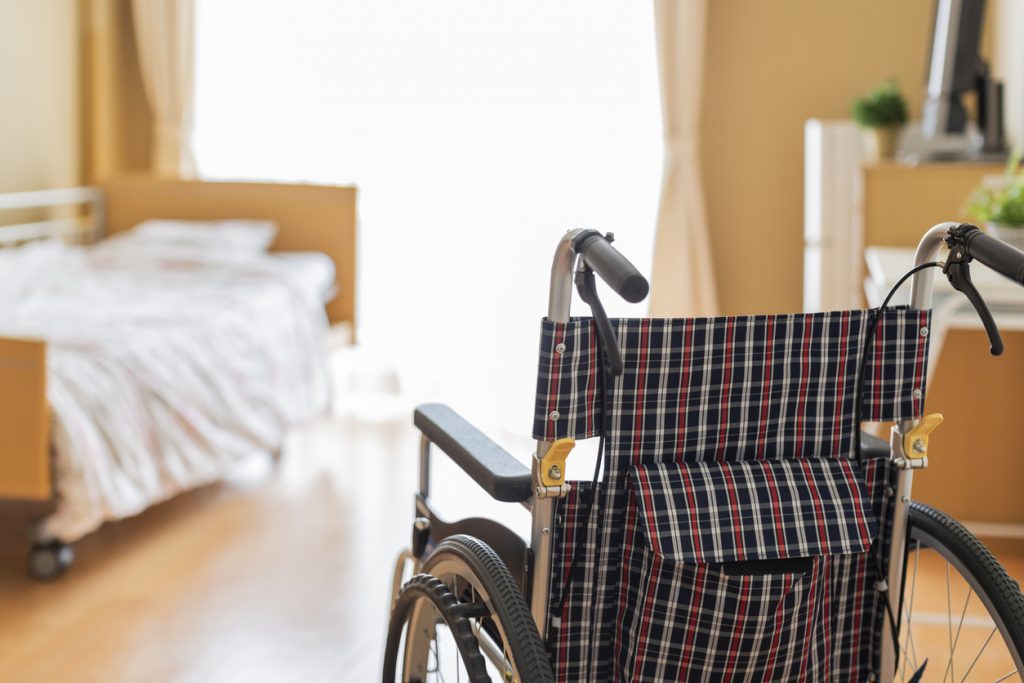
When constant pressure to a body part cuts off the blood flow, bedsores often develop. For that reason, the body parts that remain in constant contact with a bed or a wheelchair are the most common sites of bed sores. Additionally, fat acts as a cushion for the body and relieves pressure, so the parts of the body where there is less fat insulation will generally be more susceptible to bedsores.
Where Do Bed Sores in Nursing Homes Occur?
While bedsores can develop on any body part that remains in constant contact with a surface such as a bed or wheelchair, the most common sites of bed sores in nursing homes are the following:
- Heels: When patients lay on their backs, their heels are in constant contact with the mattress.
- Ankles: For patients who lay on their side or lay on their back with their legs rolled to the side, the ankles may be in constant contact with the mattress, and also have very little fat under the skin.
- The back or sides of the patient’s head, where there is very little fat under the skin and the head may be in constant contact with a pillow or mattress
- Lower back: This is a common site of bedsores for bed-ridden and wheelchair-bound patients.
Is Your Loved One Showing Bedsores in Any of These Locations? Call Now For a FREE Consultation!
- Spine: With bony protuberances and the potential to the spine to stick out further than normal due to another ailment, bedsores are common here.
- Knees: With very little fat under the skin, patients who are laying or sitting in such a way that their knees are in constant contact with a bed or wheelchair can develop bedsores here.
- Hips, buttocks, and tailbone: Particularly with patients who are paralyzed and therefore no longer have any sensation from the waist down, they may not even know that bedsores are developing in one of these areas that is in constant contact with a bed or wheelchair until it is too late.
- The back of the resident’s legs and arms: For both wheelchair-bound and bed-ridden residents, these body parts may be in constant contact and/or experience frequent friction with surfaces such as an armrest, the back of the wheelchair, or a mattress.
The Right Lawyer Can Help You Fight for Justice
Nursing home abuse and neglect cases are often particularly complex, as the elder care home will not want to admit any sort of fault for your loved one’s bedsores. That is one important reason for consulting with an experienced Dallas nursing home abuse lawyer as soon as possible once you are aware of your loved one’s bedsores.
Click Here to Call Our Law Office
At Crowe Arnold & Majors, LLP, our experienced Dallas elder abuse lawyers fight for justice and maximum financial compensation on behalf of injured victims. For our nursing home abuse clients, we know where to look, who to contact, and what to do in order to properly and thoroughly build and investigate their case.
If you have questions after finding that your elder loved one in a nursing home has developed bedsores or other signs of caretaker neglect, call Crowe Arnold & Majors, LLP to schedule a cost-free consultation. We work on a contingency fee basis, which means you owe us no attorney fees unless you win your case.





